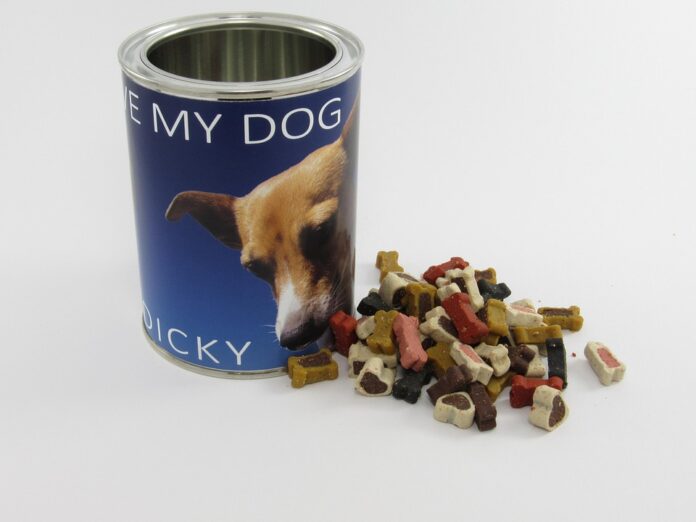Introduction
Dry kibble, also known as dry pet food, is a popular choice for pet owners due to its convenience and long shelf life. It is manufactured through a complex process that involves transforming raw ingredients into a nutritious and tasty product that pets love. In this report, we will delve into the detailed process of how dry kibble is manufactured, from raw ingredients to the packaged product.
Raw Ingredients
Grains and Proteins
The raw ingredients used in dry kibble manufacturing typically include grains such as corn, wheat, and rice, as well as proteins like chicken, beef, and fish. These ingredients provide the essential nutrients needed for pets to thrive and maintain their health.
Vitamins and Minerals
In addition to grains and proteins, dry kibble also contains vitamins and minerals to ensure a balanced diet for pets. These essential nutrients are added in specific amounts to meet the dietary requirements of different animals.
Manufacturing Process
Mixing
The first step in the manufacturing process involves mixing the raw ingredients in large batches. This ensures that all the components are evenly distributed throughout the mixture, resulting in a consistent product.
Extrusion
The mixed ingredients are then fed into an extruder, which is a machine that cooks the mixture under high pressure and temperature. This process helps to sterilize the food and create the familiar kibble shape.
Drying
After extrusion, the kibble is dried to remove excess moisture and achieve the desired texture. This step is crucial in ensuring the product’s long shelf life and preventing spoilage.
Coating and Flavoring
Once the kibble is dried, it may be coated with fats or oils to enhance palatability and add flavor. This step is important in making the product more appealing to pets and encouraging them to eat.
Packaging
Quality Control
Before packaging, the dry kibble undergoes rigorous quality control checks to ensure that it meets the company’s standards for nutrition, safety, and consistency. Any products that do not meet these criteria are discarded.
Packaging
The final step in the manufacturing process involves packaging the dry kibble into bags or containers. These packages are designed to protect the product from moisture, air, and light, which can degrade its quality over time.
Industry Insights
The pet food industry is a lucrative market that continues to grow year after year. According to industry data, the global pet food market was valued at $94.2 billion in 2020 and is projected to reach $113.2 billion by 2025.
Trends
One of the key trends in the pet food industry is the growing demand for natural and organic products. Pet owners are increasingly seeking out products that are made with high-quality, human-grade ingredients and free from artificial additives.
Key Players
Some of the major players in the pet food industry include companies like Mars Petcare, Nestle Purina Petcare, and Hill’s Pet Nutrition. These companies dominate the market with their established brands and extensive distribution networks.
Conclusion
In conclusion, the manufacturing process of dry kibble involves several steps, from mixing raw ingredients to packaging the final product. This process ensures that pets receive a nutritious and tasty meal that meets their dietary needs. With the pet food industry continuing to grow, companies are constantly innovating to meet the changing demands of pet owners and their furry companions.




